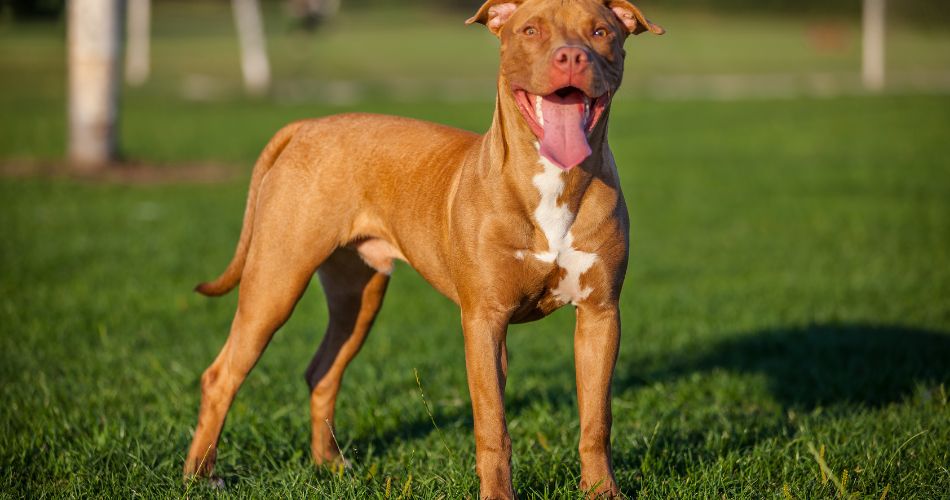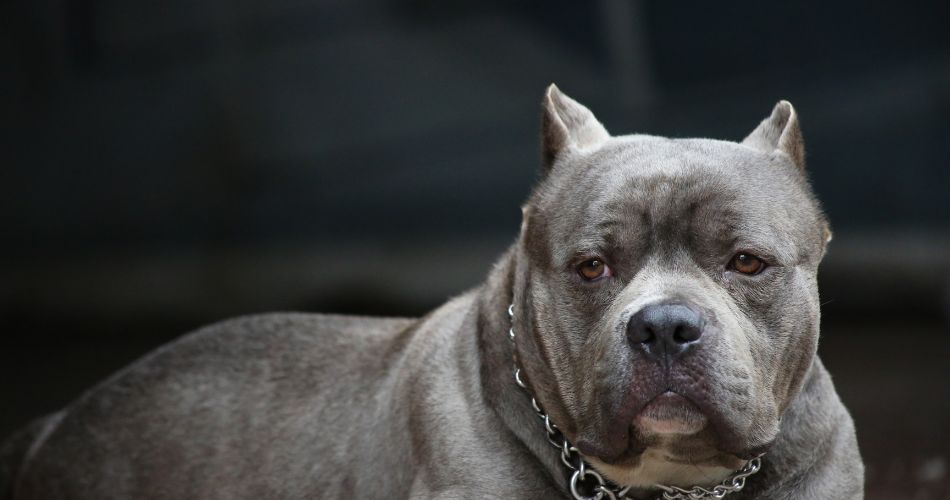National Pit Bull Awareness Day, observed each year on the last Saturday in October, is a day dedicated to celebrating and raising awareness about pit bull‑type dogs and their often misunderstood nature.
History of National Pit Bull Awareness Day
This observance was first established in 2007 by Bless the Bullys (based in Tennessee) and its founder, Jodi Preis, motivated by the need to shift public perception of pit bulls, promote education and advocate for their positive portrayal.
Originally the aim was to counteract decades of negative media attention and breed‑specific legislation that unfairly labeled pit bulls as inherently dangerous. Over time the day has grown into a broader movement of compassion, rescue support, and community education.
Why is National Pit Bull Awareness Day important?
When I think about this day, what stands out to me is the way it invites us to pause and reflect on how myths and fear can shape the fate of an entire group of dogs and how awareness can change that. It’s not just about celebrating a breed; it’s about reminding ourselves that animals, like people, are shaped by their environment, care, training, and relationships rather than labels. On this day we can acknowledge how pit bulls have been painted in unfair ways, and open the door to seeing them for the loyal, affectionate, brave companions they often are.
It also carries a more profound message: responsible ownership matters. Because part of the problem isn’t the breed—it’s neglect, mismanagement, misidentification, and sometimes legislation built on stereotypes. Observing this day means accepting responsibility, improving how we relate to all dogs, and recognizing that change begins locally – in our homes, in our shelters, in our communities.
Here are five heartfelt thoughts about why this day matters:
- Pit bulls too often wait longest in shelters simply because of their reputation, and this day gives them a voice.
- It reminds us that a dog’s past (or its breed label) doesn’t determine its future — love, training and environment do.
- By educating ourselves and others, we help dismantle fear‑based laws and discriminatory practices.
- It fosters compassion not only for pit bulls but for all animals that society tends to judge unfairly.
- On this day we can honour the bond between humans and dogs — and recognise how trusting, devoted and gentle many pit bulls truly are
Interesting facts about pit bull‑type dogs
- The term “pit bull” is an umbrella label rather than a single recognized breed; it commonly includes dogs like the American Pit Bull Terrier, American Staffordshire Terrier, and Staffordshire Bull Terrier among others.
- These dogs descend historically from bulldogs and terriers in the 19th‑century British Isles, originally bred for tasks like hunting and bull‑baiting. 1
- Despite common belief, pit bull‑type dogs do not possess a “locking jaw” mechanism, nor do they have a significantly stronger bite than other dogs of similar size; such ideas are myths.
- Because of negative perceptions and breed labeling, dogs identified (or labeled) as “pit bulls” tend to wait much longer for adoption in shelters compared to other dogs—even when they behave similarly. (For example, a study found they waited about three times longer.)
- Studies show that in temperament assessments, pit bull‑type dogs often score on par with or better than many other breeds, indicating they are not inherently more aggressive.
- Many critics argue that breed‑specific legislation (BSL)—laws banning or restricting pit bulls based purely on appearance—has been shown in multiple studies to be ineffective in improving public safety.
- On average, the life span for a pit bull‑type dog is roughly 12–16 years, assuming good care and health monitoring.
- Because of their muscular build, agility and human‑oriented temperament, many pit bull‑type dogs perform successfully as therapy dogs, service dogs and family companions, when properly trained and socialised. 2
- The “pit bull” label is often inaccurate—DNA and shelter studies show that visual identification based on appearance is frequently unreliable, which complicates discussions of both behaviour and regulation.
- Ownership of pit bull‑type dogs is regulated in many places around the world; the visibility of these regulations reflects how much public attitude and legislation are shaped by breed perception rather than always by individual dog behaviour.


How to Celebrate National Pit Bull Awareness Day
If you’d like to mark the day in a meaningful, grounded way, there are simple actions you can take that make a real difference. You might visit your local dog shelter, seek out a pit bull‑type dog and spend some time walking or socialising it — just showing up matters. Or you might share a photo on social media of a pit bull you know, tell its story, and help shift perceptions by being a voice of positivity. If you are a pit bull owner, maybe spoil your buddy with an extra walk, new toy or simply some quality cuddle time — showing what the relationship can look like helps remind others.
Here are five down‑to‑earth ideas to celebrate:
- Visit a shelter and spend time with a pit bull‑type dog.
- Share a positive story or photo of a pit bull on social media using the hashtag #NationalPitBullAwarenessDay.
- Donate to or volunteer at a rescue organisation focused on pit bulls.
- If you’re ready, consider adopting or fostering a pit bull — or at least encourage someone else to.
- Have a conversation with someone who is hesitant about pit bulls and share what you’ve learned.
Subscribe to our newsletter and never miss a holiday again!

